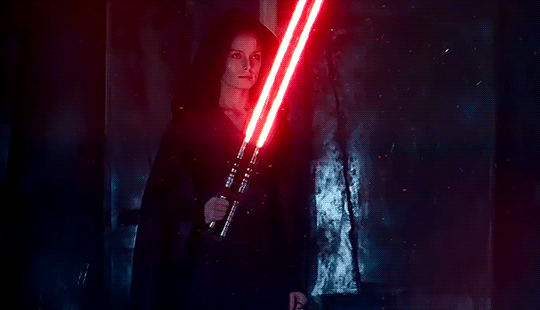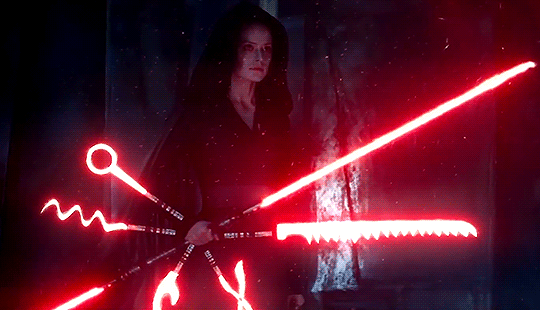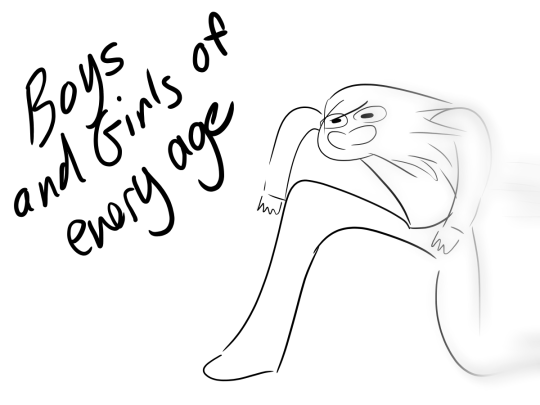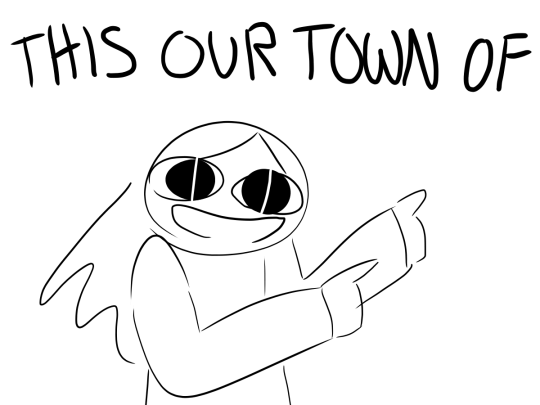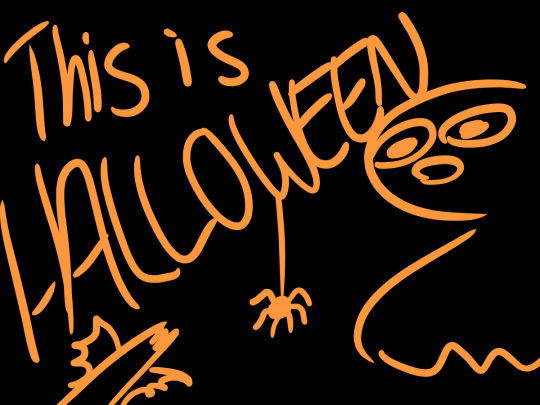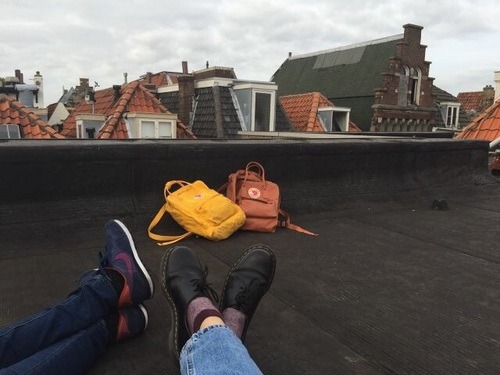Photo
Hbithday

Happy birthday, love of my life ゴジラ
2K notes
·
View notes
Photo
fight


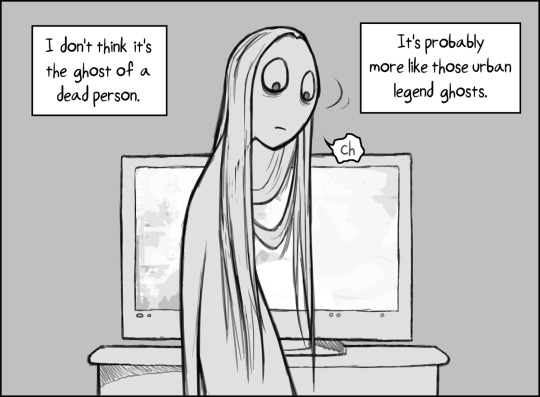



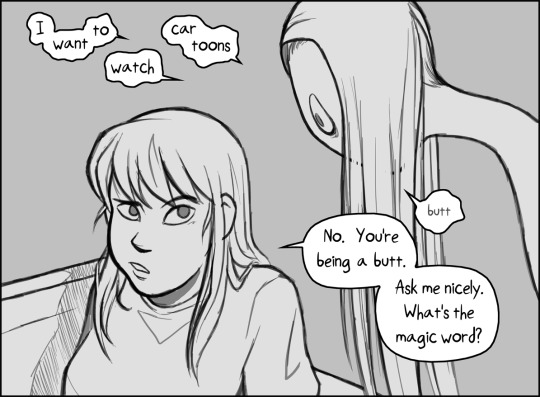
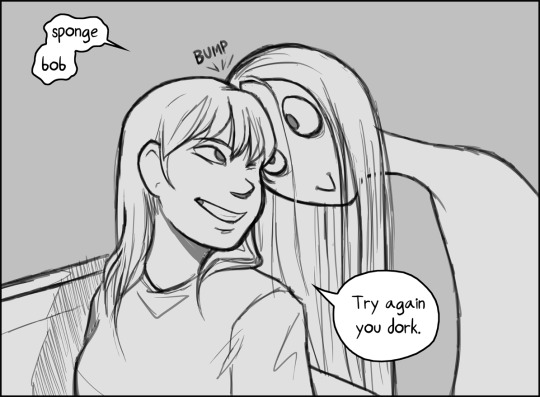
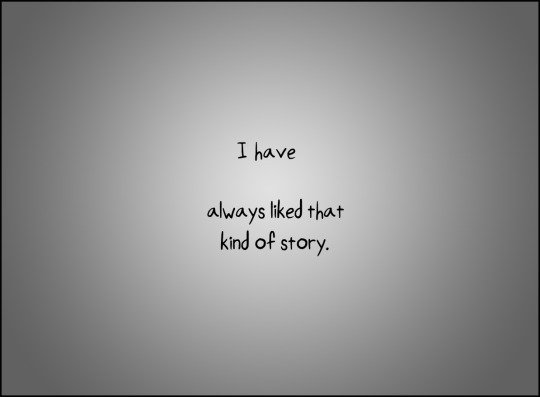
Ah, it’s too late to post this on Halloween. But here is a little story about ghosts, and roommates, and roommates who are ghosts.
196K notes
·
View notes
Photo

Happy Hallo-week!
With the drop of the final trailer, the Star Wars fandom is finally ready for the epic saga finale. Thought Homestuck had ended? Think again! Homestuck^2 is (almost) here. It wouldn’t be another Week in Review without a SKAM series. This week’s edition presents: wtFOCK! This is Tumblr’s Week in Review.
wtFOCK
Miraculous: Tales of Ladybug and Cat Noir
Halloween
Reylo | Rey & Kylo Ren, Star Wars
BTS
Good Omens
Reddie | Richie Tozier & Eddie Kaspbrak, IT
Anne with an E
Steven Universe
Star Wars
Critical Role
Inktober
Artists on Tumblr
Pokémon
Homestuck
Boku no Hero Academia
Joker
Markiplier
Richie Tozier | IT
Ineffable Husbands | Aziraphale & Crowley, Good Omens

3K notes
·
View notes
Photo
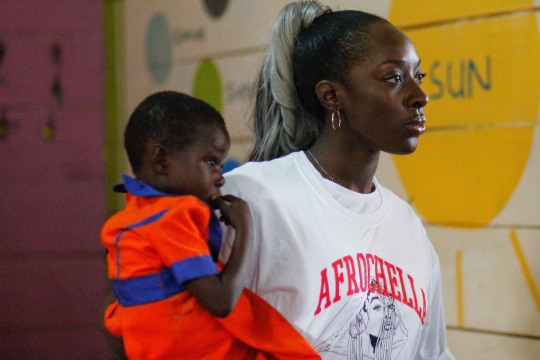
This year as apart of our #AfrochellaReads initiative we’re renovating Genesis Orphanage School in Jamestown. It’s our way of investing in our communities and creating better places for children to learn, grow and create. Get involved at https://afrochellagiveback.carrd.co/
109 notes
·
View notes
Photo

Pictured: Kenny Agyapong, Abdul Karim Abdullah, Edward Asafu-Adjaye, Vernell Akyeampong (Not Pictured: Emmanual Ansah)
#BlackExcellence365 Spotlight: Afrochella
Hey Tumblr! It’s been a while but we’re back again with another #BlackExcellence365 spotlight that transcends from Ghana. We had the pleasure of talking to the founders of @afrochella and their efforts to bring the African and African-American diaspora through music, culture, and the motherland.
For those wondering, what is Afrochella and how did the birth of this festival in Ghana originate?
Afrochella is an opportunity for us to celebrate the contributions of creatives from and within Africa.
Every December, Africans flock home for the holidays. The one thing that has always been clear is the caliber of talent and resourcefulness amongst Ghanaians specifically those coming home for the holidays across all industries. We felt there was a need to harness this greatness.
Early 2017, Abdul called Kenny discussing these ideas and on a whim asked Kenny to reserve the Accra Polo Court and Kenny said, why not. Edward, the third founder was recruited to unpack the branding of ideas and marketing. Later, Vernell Akyempong and Emmanuel joined the leadership team to spearhead art, design and community involvement respectively. Together the team unpacked the ideas and created Afrochella.
We’ve seen the recent crossover of Afrobeat in the U.S in the past couple of years. Why is creating this festival and bridging the gap between Africans and Black Americans so important for the culture?
Kenny: We need to change the narrative from a discussion that separates us to a conversation that brings us together. Afrochella understands educating both sides of a shared culture will benefit and unite the diaspora. One of our mantra for 2019 is Empowering Me, Empowers Our home. This simply means, a bridging of the gap between Africans and the Diaspora will strengthen the continent and the resolve of our people everywhere.
Abdul: Bridging the gap between Africans and Black North Americans is very important for the culture because I lived in both worlds. We can highlight two cultures in one. I was born and raised in the US, and it was not cool when I said I was African. But now African is the new sexy and that is mainly because of music. Afrobeat music is showing the other side of what Africans are capable of.
Vernell: First of all, there’s no America without Africa! The truth of Black America lies in Africa. Bridging these separate but equal groups is essential to the freedom of any black person. For me it’s about time we celebrate OUR culture.
Ghana’s and West African culture in general is seen in today’s Black culture in the U.S. How does Afrochella showcase Ghanaian culture?
Edward: We showcase Ghanaian culture through food, music, art and cultural displays. Our goal is to ensure all of the attendees feel the vibration of the culture during their time at the festival. Ghanaians as a whole are welcoming people. We want to showcase the Ghanaian culture by the sites, sound and delights. That is why our four pillars at Afrochella are Food, Art, Music and Culture. Once you land at the airport in Accra, you can just feel that you are at home.
How does Afrocehlla embody the essence of #BlackExcellence365?
Abdul: Afrochella embodies the essence of #BlackExcellence365 because we are five young men who grew up in Ghana or the US and didn’t want to take “no you can’t do this” as an answer. We started something that was just an idea and now it is a full-time business. We had an idea to showcase and highlight our Ghanaian(African) culture to the world. We use our new found platform
To encourage young black professionals(like ourselves) to invest in Africa and the talent on the continent
Draw attention to various charity initiatives existing in Ghana
Develop information sessions called #AfrochellaTalks to reinforce our pillars and ensure we are educating our audiences on the possibilities in Music, Fashion, Food, Business and Art within Africa.
What is something you would like people to take away from Afrochella?
Abdul: More so than anything - we would like for our attendees to see their visit to Ghana/Africa to be an introduction to possibilities for themselves. If Afrochella is possible, then there are several opportunities in different industries available to the diaspora as long as they are willing to invest in the talent and people on the continent.
Edward: One thing I would like everyone to take away from Afrochella is the experience. We want your life to change in that 8-12 hours. “WOW this is Africa and this is the Africa they don’t show mainstream”.
Thank you to the Afrochella team for sharing and for this incredible event! If you’re interested, check out their Tumblr page, @afrochella for all of the updates and content.
This interview has been condensed for clarity.
2K notes
·
View notes
Photo
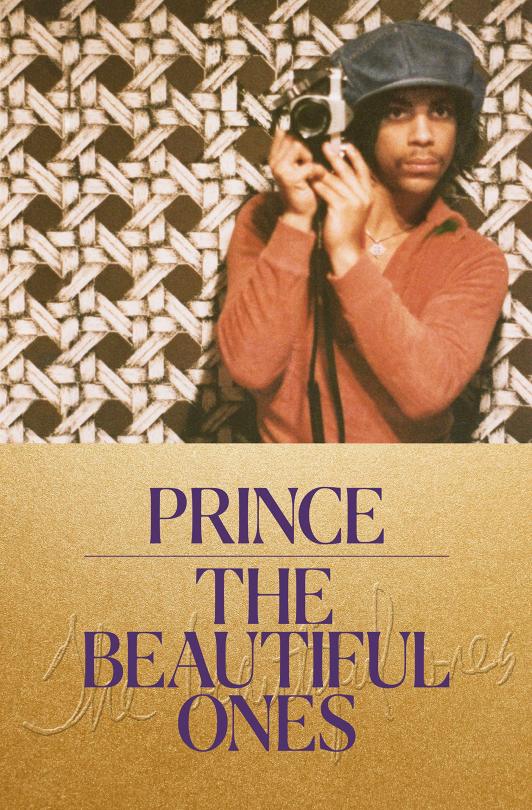
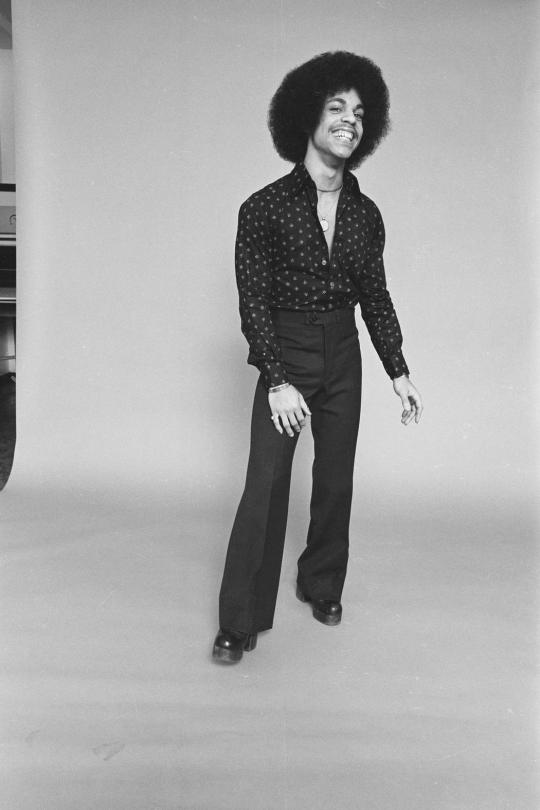

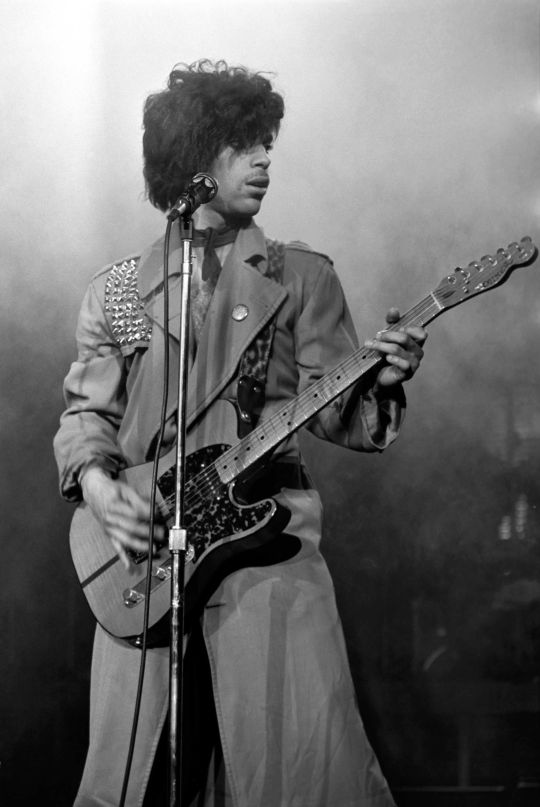
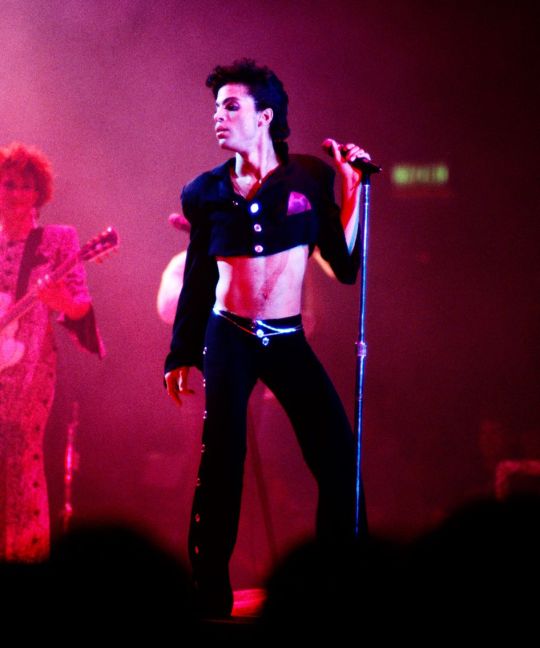
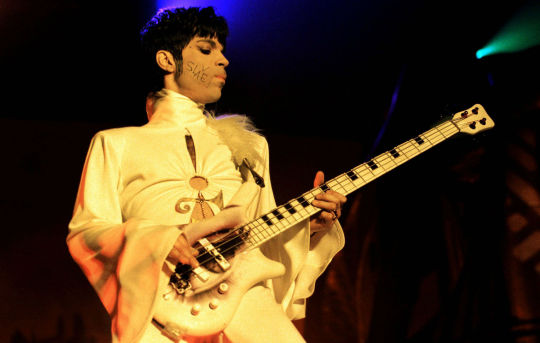



Yes! Seems the late, great Prince was working on a memoir when he passed. Here it is, new from Spiegel and Grau, and edited by Dan Piepenbring, Prince: The Beautiful Ones.
1K notes
·
View notes
Photo

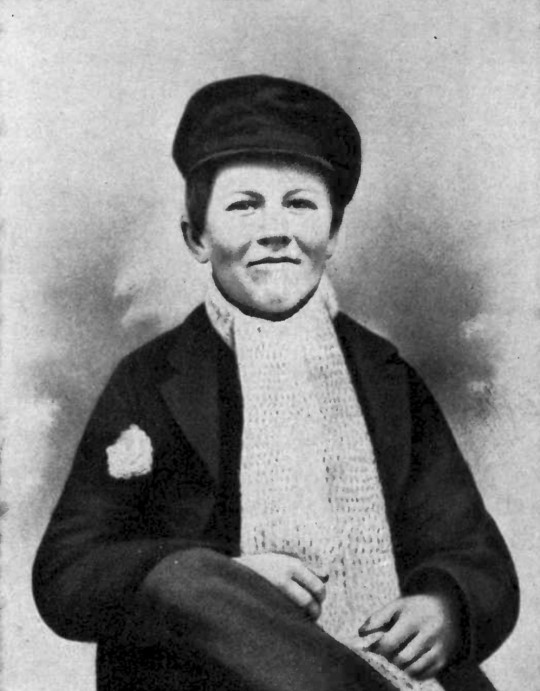
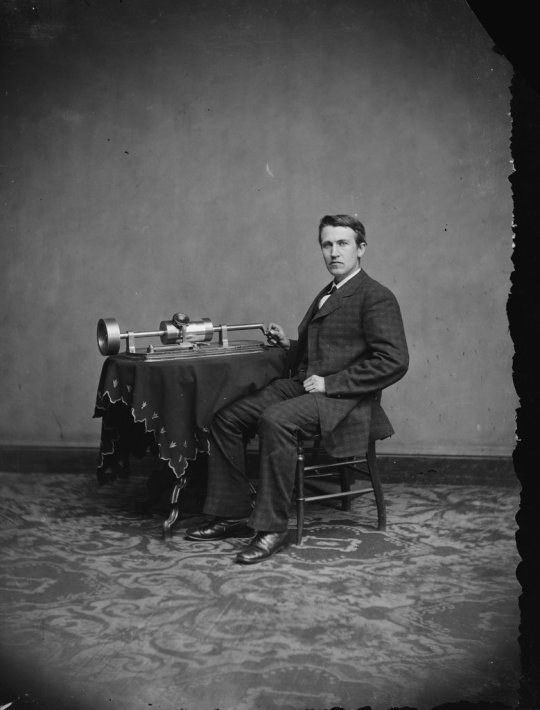
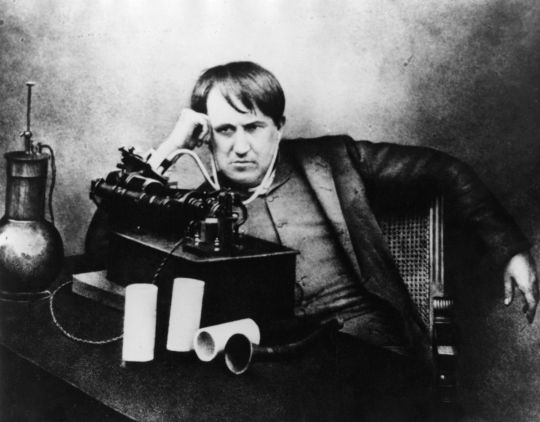
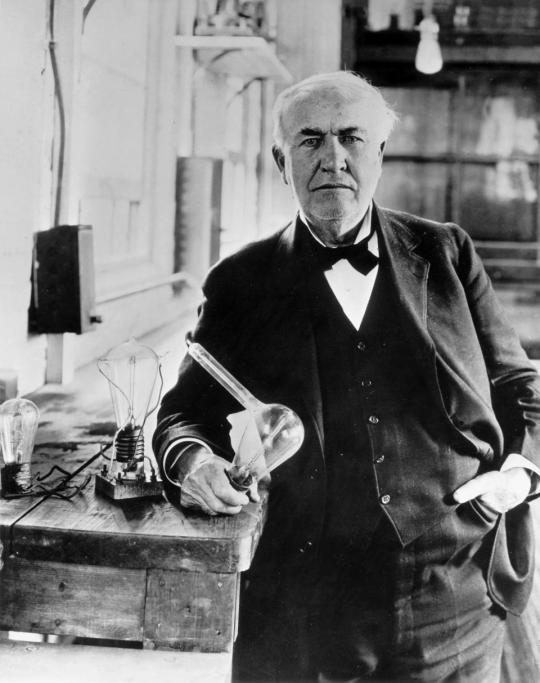
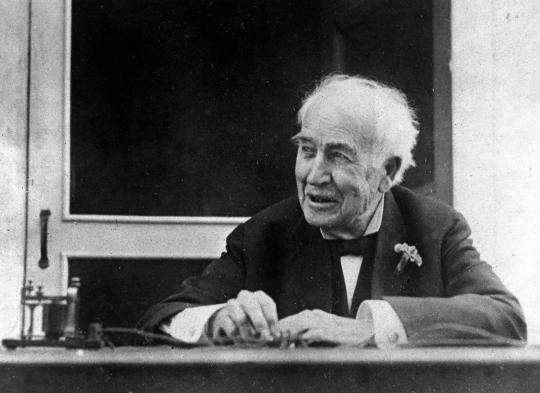

New from Random House and biographer Edmund Morris, Edison. (Read the review in The Atlantic here.)
10 notes
·
View notes
Photo

The New David Sylvian Biography: On the Periphery.
Here’s what they are saying:
“Just finished the book and I can honesty say I have never enjoyed a book so much, Great insight to the creative process of one of our finest artists.” (Victor Habbick via Facebook — February 2014)
“Clearly written as a labour of love, “On the Periphery” is a dense, earnest and thoughtful work that’s strong on background details, with some illuminating notes on the various philosophies and spiritual disciplines that helped drive Sylvian’s creative process… It delivers on its stated aim, giving a well-rounded picture of the motivations and working practices of a complex, esoteric yet compelling artist and his transformation from pop idol to doyen of the avant-garde.” (Paul Bowler, THE RECORD COLLECTOR MAGAZINE — April 2014)
“Chris Young took on a difficult assignment. The results of “On the Periphery” are insightful. A must for Sylvian fans.” (Tommy Bruno, Summit FM Ohio — January 2014)
“Just finished the book last night. Thank you so much for making me appreciate Sylvian’s music even more. Your superb analysis has had me run back to the music and listen with fresh ears! I always thought I had a handle on Sylvian’s lyrics but you’ve opened new doors and pathways for me! Thank you so much Christopher!” (Raheel Khokhar via Facebook — February 2014)
“Just finished reading this exceptional book. A truly in-depth look into Sylvian’s work which for me clarify’s his thinking as he approached the “Blemish” years. A period of his that I have never been able to completely embrace. Now I have a better grasp of what he was trying to achieve and feel that “Blemish” and “Manafon” are much more approachable. Thanks for this book.” (Barrie Sillars via Facebook — January 2014)
“Good book, great read, pure magic.” (Ian Barsby via Facebook — February 2014)
“It has inspired me to return to his music and enjoy it though new perspectives. Well done on a great piece of work!” (Philip Boyle via Facebook — March 2014)
“Chris Young dives headlong into the intense, deep and spriritual world of Sylvian.” (Ian Peel, CLASSIC POP MAGAZINE — March 2014)
36 notes
·
View notes
Photo

MARGARET KEANE (1927 - )
“Stand up for your rights and be brave, and don’t be intimidated. And never tell a lie, ever.”
IN THE 1960s WALTER KEANE WAS FETED FOR HIS SENTIMENTAL PORTRAITS THAT SOLD BY THE MILLION. BUT IN FACT, HIS WIFE MARGARET WAS THE ARTIST, WORKING IN VIRTUAL SLAVERY TO MAINTAIN HIS SUCCESS. THIS IS HER STORY.
Keane was born in Nashville, Tennessee. When she was two, her eardrum was permanently damaged during a mastoid operation. Unable to hear properly she learned to watch the eyes of the person talking to her to understand them.
Keane started drawing as a child, and at age 10 she took her first painting classes. She soon painted her first oil painting of two little girls, one crying and one laughing. At her local church she was well known for her sketches of angels with big eyes and floppy wings.
At 18 she attended the Traphagen School Of Design in New York City for a year. She began her first work painting clothing and baby cribs in the 1950s. After a few years she finally began a career painting portraits. She worked in both acrylic- and oil-based paints, but her work was limited to women, children and familiar animals.
Some time in the mid-1950s, Margaret, married with a child, met Walter Keane. He claimed later that he saw her sitting alone at a “well known bistro and he was attracted by her large eyes”. At the time Walter was also married, worked as a real estate salesman and painted on the side. Margaret found him "suave, gregarious and charming.” The two married in 1955 in Honolulu.
Margaret has said that he began selling her characteristic “big eyes” paintings immediately, but unknown to her, claimed it was his own work. When she discovered his deception, she remained silent. She later explained her behavior: “I was afraid of him because he [threatened] to have me done in if I said anything." She rationalized the situation on the ground that at least her paintings were being shown.
In the 1960s, Walter Keane became one of the most popular and commercially successful artists of the time. At the height of his popularity, Margaret was painting the artworks he claimed to be his own non-stop for 16 hours a day.
In 1970 Margaret found the strength to reveal the truth. She announced on a radio broadcast she was the real creator of the paintings that had been attributed to her ex-husband Walter Keane. In 1986, she sued Walter in federal court for claiming he was the real artist. At the trial, the judge famously ordered both Margaret and Walter to each create a big-eyed painting in the courtroom, to determine who was telling the truth. Walter declined, citing a sore shoulder, whereas Margaret completed her painting in 53 minutes.
After a three-week trial, the jury awarded her $4 million in damages. After the verdict Keane said "I really feel that justice has triumphed. It’s been worth it, even if I don’t see any of that four million dollars." Keane says she doesn’t care about the money and just wanted to establish the truth.
24 notes
·
View notes
Photo

OLIVIA HUSSEY (1951 - )
“Performers are the neediest people in the world. Unless you’ve been in that goldfish bowl - nobody can judge unless they’ve worn those shoes.”
Hussey was born Olivia Osuna in Argentina. Her parents divorced when she was 2 years old. At age of seven, Hussey moved with her mother and younger brother to London where she spent the remainder of her early life.
In London, she attended drama school for five years. At the age of 13, she began acting professionally in theaters. In 1968 she appeared on the London stage as Jenny in The Prime of Miss Jean Brodie. During the run of this play, Italian film director Franco Zeffirelli first spotted her because of her beauty and theatrical skill.
At 15, she was chosen out of 500 actresses to star as Juliet in Zeffirelli’s film version of Romeo and Juliet, opposite Leonard Whiting’s Romeo. Today this movie is known to be the most financially successful film adaptation of a Shakespeare play of all time.
It was popular not only among movie critics, but also among teenagers partly because it was the first film to use actors who were close to the age of the characters from the original play.
After a huge success of Romeo and Juliet, Hussey moved to Los Angeles. There, she met and married Dean Paul Martin, son of Dean Martin. They had a son, Alexander Martin, who is now an actor. Hussey and Martin eventually divorced.
In 1985 Olivia signed on to star with Burt Lancaster and Ben Cross in The Jeweler’s Shop, a screen adaptation of a story written by Pope John Paul II. Following the filming, Olivia was invited to view the film at the Vatican as a guest of His Holiness.
In 1987, Hussey appeared in a clip for the Michael Jackson video Liberian Girl, among others, who also included Steven Spielberg, John Travolta, Olivia Newton-John, and Whoopi Goldberg. In 1990, Hussey appeared in two horror projects: a prequel to Alfred Hitchcock’s Psycho, and in the miniseries It, an adaptation of the Stephen King novel.
In 2015 Hussey and Leonard Whiting reunited as on-screen partners in Social Suicide, the only film that they both appeared in since Romeo and Juliet. In 2018 Olivia Hussey released her autobiography The Girl on the Balcony: Olivia Hussey Finds Life After Romeo and Juliet.
17 notes
·
View notes
Photo

IRIS VAN HERPEN (1984 - )
“For me fashion is an expression of art that is very closely related both to me and to my body. I see it as an expression of identity combined with desire, moods and a cultural setting.”
SHE IS ONE OF THE MOST REVOLUTIONARY FASHION DESIGNERS TODAY, COMBINING BOTH ART AND SCIENCE IN HER COLLECTIONS.
She was born in Wamel, the Netherlands. She got a love for fashion from her grandmother, who collected stage clothes as a pastime activity. As a little child, Iris attended ballet classes, but soon she realized she was more fascinated with handcraft.
During high school years, she became particularly interested in designing clothes, and decided to study fashion. She went to ArtEZ, and Claudy Jongstra in Amsterdam. In the meantime she interned at Alexander McQueen in London.
As a fashion student, she was strongly against using technology in designing process. She did all her fashion drawings by hand, never using computer. A turning point came when she was introduced to 3D printing and understood how easier would it make designing complex geometrical shapes.
Van Herpen graduated in 2006, and in 2007 she started her own label focusing on women’s wear collections. Since her first show in 2007 she has been continuously preoccupied with inventing new forms and methods of expression by combining the most traditional and the most radical materials and garment construction methods into her unique aesthetic vision.
Van Herpen is considered as a pioneer in using 3D printing as a garment construction technique, and as an innovator who is comfortable with using technology as one of the guiding principles in her work.
Because of van Herpen’s interest in multidisciplinary approach to creation that goes beyond fashion, she has often collaborated with various artists such as Jolan van der Wiel and Neri Oxman and architects such as Philip Beesley and Benthem and Crouwel Architects.
The designer’s interest in science and technology has led to ongoing conversations with CERN (The European Organization for Nuclear Research) and MIT (Massachusetts Institute of Technology).
Today, van Herpen continues to work within her Amsterdam studio, where new ideas are born, and where Haute Couture orders are meticulously crafted for her global clientele, each creation passing through the designer’s own hands.
Keep reading
102 notes
·
View notes
Photo
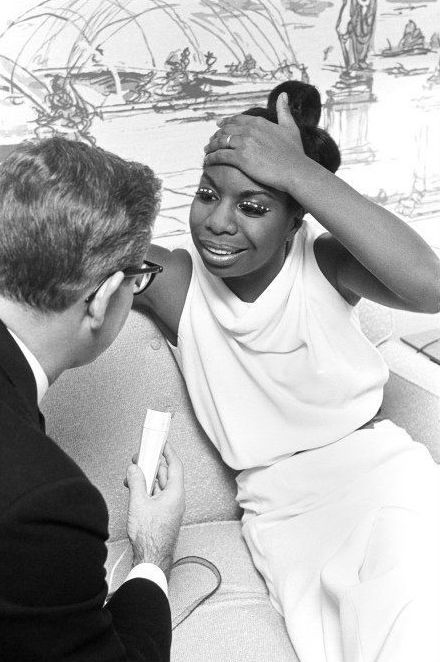
NINA SIMONE (1933 - 2003)
“I had spent many years pursuing excellence, because that is what classical music is all about… Now it was dedicated to freedom, and that was far more important.”
LEGENDARY AMERICAN SINGER WHO CREATED URGENT EMOTIONAL INTENSITY BY SINGING SONGS OF LOVE, PROTEST, AND BLACK EMPOWERMENT IN A DRAMATIC STYLE, WITH A ROUGH-EDGED VOICE.
Her real name was Eunice Kathleen Waymon. She was born on February 21, 1933, in Tryon, North Carolina. The sixth of eight children in a poor family, she began playing piano at the age of three or four. Demonstrating a talent with the instrument, she performed at her local church.
Her concert debut was given when she was 12. Simone later said that during this performance, her parents were forced to move to the back of the hall to make way in the front row for white people. She said that she refused to play until her parents were moved back to the front, and that the incident contributed to her later involvement in the civil rights movement.
Because of Simone’s family low income, her music teacher helped establish a special fund to pay for her education. Subsequently, a local fund was set up to assist her continued education. With the help of this scholarship money, she was able to attend high school.
After the graduation, Simone applied for Curtis Institute of Music in Philadelphia. Her application, however, was denied. For the rest of her life, she suspected it happened because of racial prejudice. Discouraged, she took private piano lessons, worked as a photographer’s assistant, and sometimes taught piano from her home in Philadelphia.
Soon, in order to fund her private lessons, Simone had to start performing at the Midtown Bar & Grill on Pacific Avenue in Atlantic City. Knowing her mother would not approve of playing the “Devil’s Music”, she adopted the stage name to remain undetected. Simone’s mixture of jazz, blues, and classical music in her performances at the bar earned her a small but loyal fan base.
In 1958 Nina Simone released her debut album Little Girl Blue. After its success, Simone signed a contract with Colpix Records and recorded a multitude of studio and live albums. By this time, Simone performed pop music only to make money to continue her classical music studies.
In 1960s and 1970s, Simone performed and spoke at numerous civil rights meetings. She also released many protest songs, such as her controversial “Mississippi Goddam”. She supported black nationalism and advocated violent revolution rather than Martin Luther King’s non-violent approach.
"Mississippi Goddam” harmed Simone’s career. She claimed that the music industry punished her by boycotting her records. In 1970 she decided to leave US, and flew to Barbados. During the last decade of her life, Simone had sold more than one million records, making her a global catalog best-seller.
In 1993, she settled near Provence in Southern France. On April 21, 2003, she died in her sleep after many years of suffering from breast cancer. Her ashes were scattered in several African countries.
1 note
·
View note
Photo
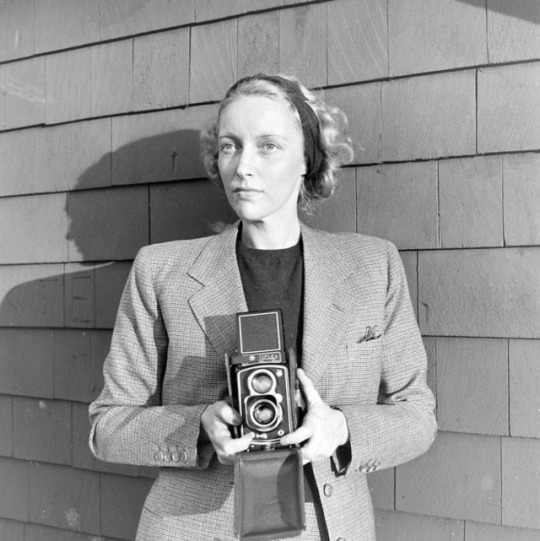
NINA LEEN (1909 (?) - 1995)
“I know I got some assignments because I’m a woman.”
ONE OF THE MOST PROLIFIC PHOTOGRAPHERS FOR LIFE MAGAZINE, WHOSE LIFE REMAINS AN UNSOLVED MISTERY.
Nina Leen was born in Russia, probably in 1909. She kept a lot of secrets throughout her life, including her birth year. As a young woman she moved to Berlin to study painting.
After finishing her degree, she lived in Italy and Switzerland. In 1939 she emigrated to the US, and soon found a job as a photographer for the LIFE magazine. With her first camera, a Rolleiflex, she honed her photography skills, teaching herself how to take pictures — and developing what would become her signature style. Her first photographs to be published in Life in April 1940 were of tortoises at the Bronx Zoo.
She never became a staff photographer at Life, but contributed as a contract photographer until the magazine closed in 1972. Over the years, Leen was behind over 50 magazine covers and contributed countless reports from around the world.
She is remembered above all for her photographs of animals, many published in book form. Leen was a prolific photographer of fashion for Life, and was long married to the fashion photographer Serge Balkin.
In addition to her many animal stories, she is remembered for covering young people in the 1940s and 1950s and the group of artists known as The Irascibles. She also documented European royalty, fashion models, and actresses.
After LIFE folded in 1972, Nina Leen’s career hardly slowed. Throughout the 1970s she produced an average of two books a year, and published 15 in her lifetime — including a groundbreaking work on her beloved bats. Nina Leen died on January 1, 1995, at her home in New York City. A spokesperson for LIFE said that she was in her late 70s or early 80s — but no one really knows for sure.
Keep reading
41 notes
·
View notes
